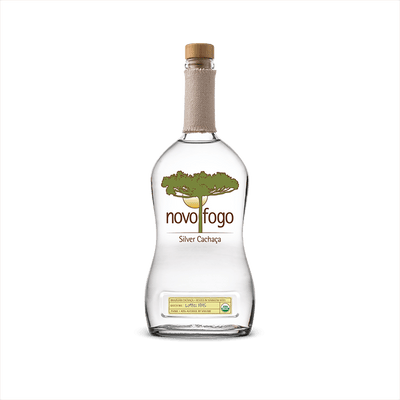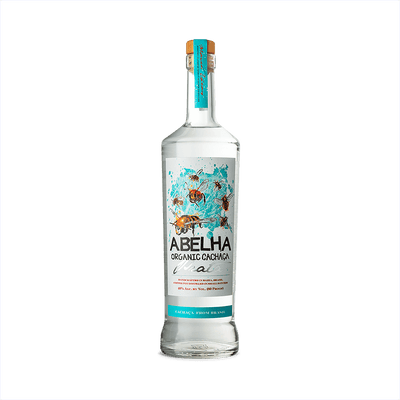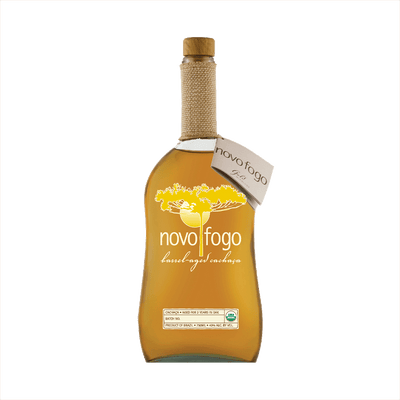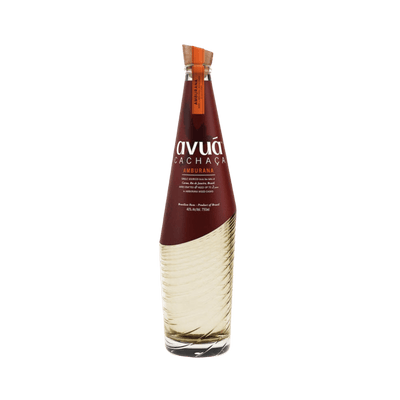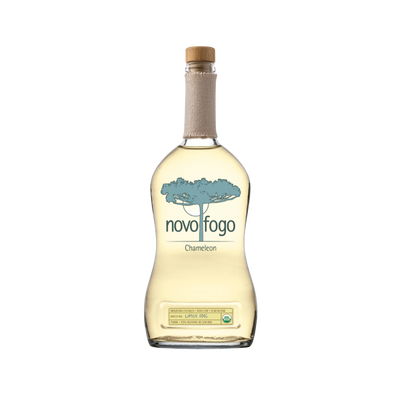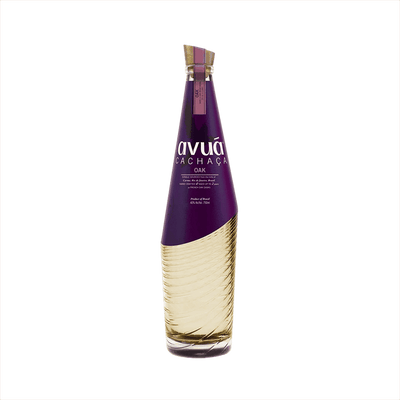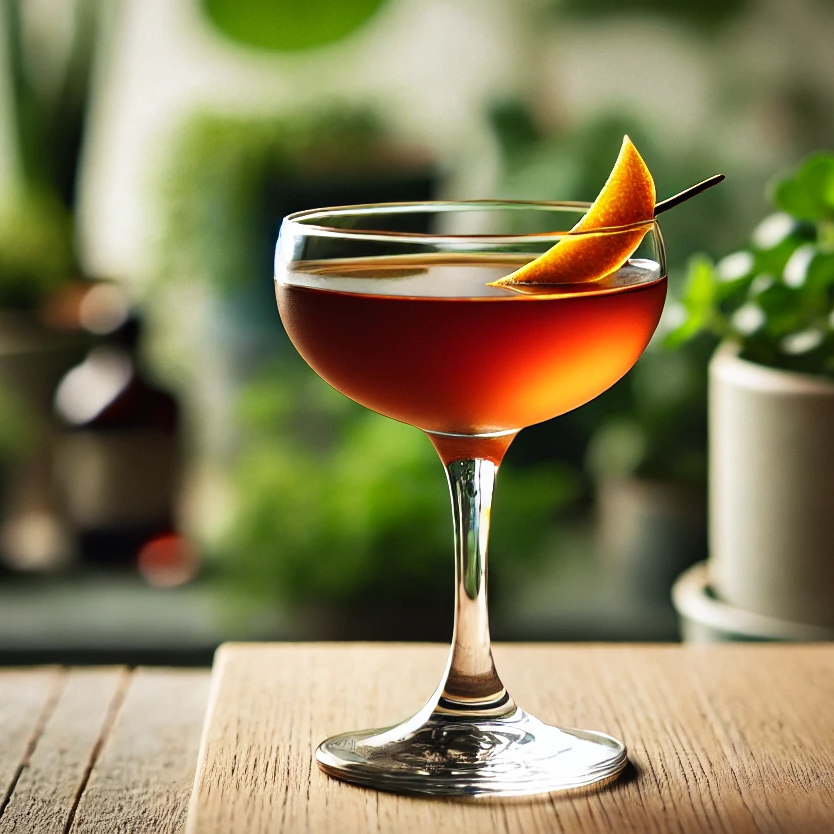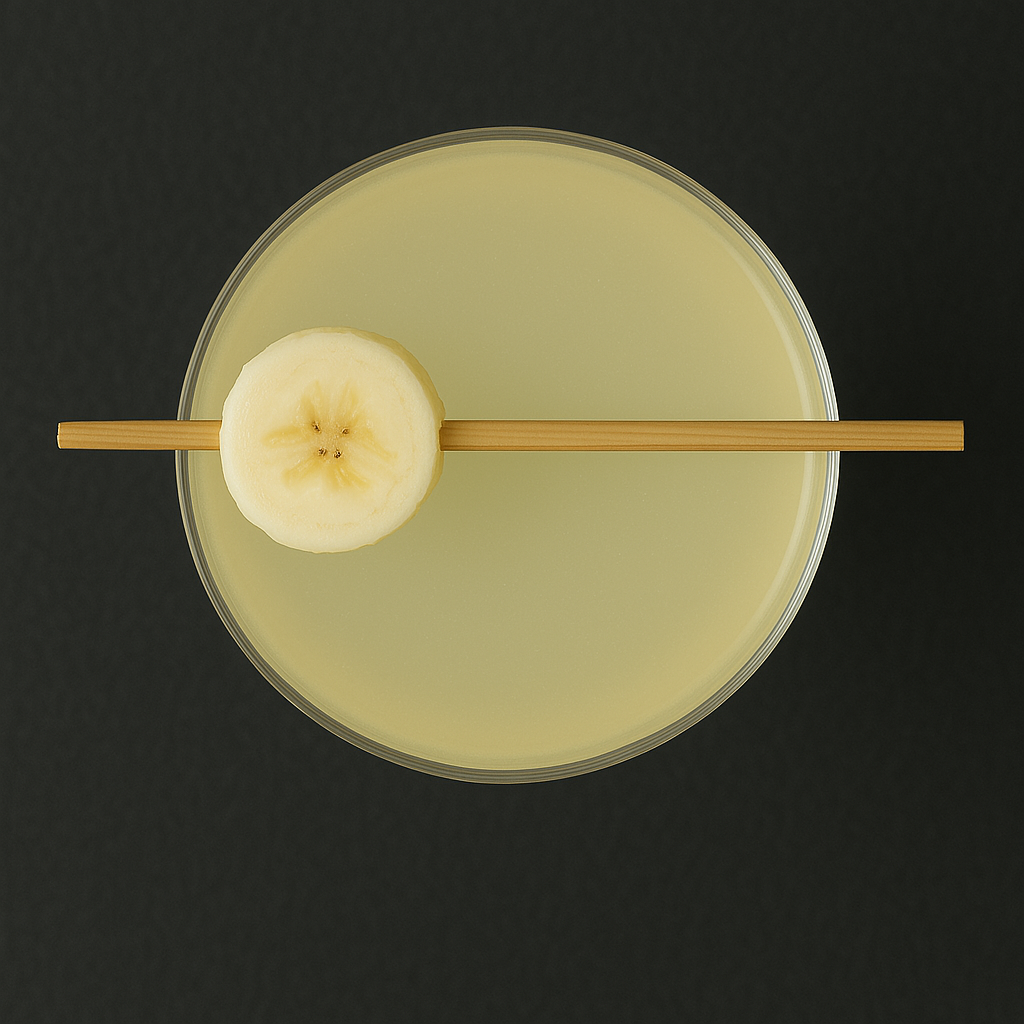Cachaça
What is Cachaça?
Cachaça is Brazil's national spirit, distilled directly from fresh sugarcane juice rather than molasses like most rums. This key distinction gives cachaça its grassy, vegetal character that sets it apart from other sugarcane-based spirits. While you might know it best as the star ingredient in caipirinhas, this versatile spirit offers incredible complexity ranging from unaged silver expressions to richly aged varieties that spend years in native Brazilian wood barrels.
Learn More About Cachaça
What are the different types of Cachaça?
Cachaça splits into two main camps based on aging: branca (white) and amarela (golden), though you'll also see them called prata (silver) and ouro (gold). The branca versions get bottled right after distillation or spend minimal time in neutral containers, keeping that bright, grassy punch that screams fresh sugarcane – perfect for caipirinhas where you want that raw, vegetal energy front and center. The amarela expressions age in wooden barrels for at least a year, picking up vanilla, spice, and caramel notes that transform the spirit into something you'd want to sip neat, with each type of Brazilian wood – from amburana to jequitibá – adding its own personality to the final product.
How is Cachaça made?
Cachaça starts with fresh sugarcane juice that's fermented with wild yeasts or commercial strains, then distilled in copper pot stills or stainless steel column stills to capture that distinctive grassy, vegetal character. The spirit must be distilled to between 38% and 48% ABV and can be bottled immediately as silver cachaça or aged in wooden barrels—often native Brazilian woods like amburana or jequitibá—to create the golden varieties. Unlike rum, which typically uses molasses, cachaça's use of fresh cane juice gives it a brighter, more agricultural flavor profile that's essential to its Brazilian identity.
What does Cachaça taste like? What does Cachaça bring to a cocktail?
Cachaça delivers a distinctive grassy, vegetal character that sets it apart from other sugarcane spirits, often carrying bright citrus notes and a subtle earthiness that reflects its fresh cane juice origins. The spirit can range from clean and crisp in unaged expressions to rich and complex in barrel-aged versions, with flavors spanning from tropical fruit and honey to warm spices and vanilla. In cocktails, cachaça brings an authentic Brazilian soul that transforms familiar drinks - its natural affinity for lime and sugar makes it perfect for caipirinhas, while its unique profile adds depth and character to tiki drinks, punches, and modern craft cocktails that benefit from its vibrant, agricultural personality.
How do you drink Cachaça? In what kind of cocktails does Cachaça shine?
Cachaça works beautifully neat or on the rocks, especially premium aged bottles that show off the spirit's grassy, funky character with hints of tropical fruit. The most famous application is the Caipirinha, Brazil's national cocktail that pairs cachaça with muddled lime and sugar for a refreshing balance of sweet and tart. Beyond the classic, cachaça shines in tropical-style drinks like the Batida (mixed with fruit and condensed milk) or modern craft cocktails where its vegetal notes add complexity to rum-based recipes.
What are fun ways to drink Cachaça?
Cachaça absolutely shines in jello shots – mix it with lime juice and gelatin for a Brazilian twist on the party favorite that captures the essence of a caipirinha in wobbly form. You can freeze it into boozy popsicles with fresh fruit juices like passion fruit or mango, creating the perfect poolside treat that screams summer. The spirit also works beautifully in desserts, particularly in tiramisu where it replaces rum, or drizzled over vanilla ice cream with a squeeze of lime for an instant tropical finish.
How has Cachaça been depicted in culture?
Cachaça holds a special place in Brazilian culture as the spirit of the people, celebrated in countless samba songs and portrayed in literature as the drink that fuels both celebration and contemplation. The spirit appears prominently in Brazilian cinema and music, often symbolizing the country's working-class roots and festive spirit, particularly during Carnival season when caipirinhas flow freely. From the favelas to the beaches of Copacabana, cachaça represents Brazilian identity itself—unpretentious, vibrant, and deeply connected to the nation's sugar cane heritage.
Nutritional Information
Typical Calorie Range per Ounce: 64-69 calories
Typical Carbohydrate Range per Ounce: 0-0.1 grams
Typical Sugar Range per Ounce: 0-0.1 grams
Typically Gluten Free: Yes
Since cachaça is distilled from sugarcane juice rather than grains, it naturally contains no gluten. The distillation process removes virtually all carbohydrates and sugars, leaving behind pure ethanol and water with trace flavor compounds. Like most distilled spirits, cachaça delivers its calories primarily from alcohol content, which typically ranges from 38-48% ABV depending on the brand.
While cachaça is typically gluten-free, we always recommend checking detailed product information and consulting with manufacturers to confirm gluten-free status, especially if you have celiac disease or severe gluten sensitivity.
Scrolled this far? Your reward? Cachaça Trivia!
- Brazil's national spirit wasn't always beloved by Brazilians—during colonial times, the Portuguese tried to ban cachaça production to force locals to buy expensive imported Portuguese brandy instead. The ban backfired spectacularly, sparking the "Cachaça War" of 1660, where Brazilian distillers literally fought for their right to make rum from sugarcane juice.
- There's a 500-year-old cachaça aging in wooden barrels right now. Some Brazilian distilleries have been continuously aging cachaça since the 1500s, passing down these ancient barrels through generations. The wood becomes so saturated with spirit over centuries that even empty barrels will "weep" cachaça for years.
- Cachaça makers use over 30 different types of native Brazilian wood for aging—each imparting wildly different flavors. Amburana wood gives notes of vanilla and cinnamon, while jequitibá creates floral, honeyed profiles. Some distillers even use wood from the Amazon rainforest that's naturally antimicrobial.
- The spirit has its own patron saint. Brazilians pray to São Bartolomeu (Saint Bartholomew) for protection of their cachaça, and many distilleries keep shrines on-site. Legend says the saint blessed the first cachaça still, which is why some bottles are shaped like church bells.
- Cachaça was once used as currency in Brazil's slave trade, valued so highly that it became legal tender in some regions. Portuguese traders would exchange barrels of cachaça for enslaved people in Africa, making Brazil's national spirit tragically intertwined with one of history's darkest chapters.
Higher-proof spirits can be intense. Sip slow, taste thoughtfully, and enjoy responsibly.
Gift message (optional)

